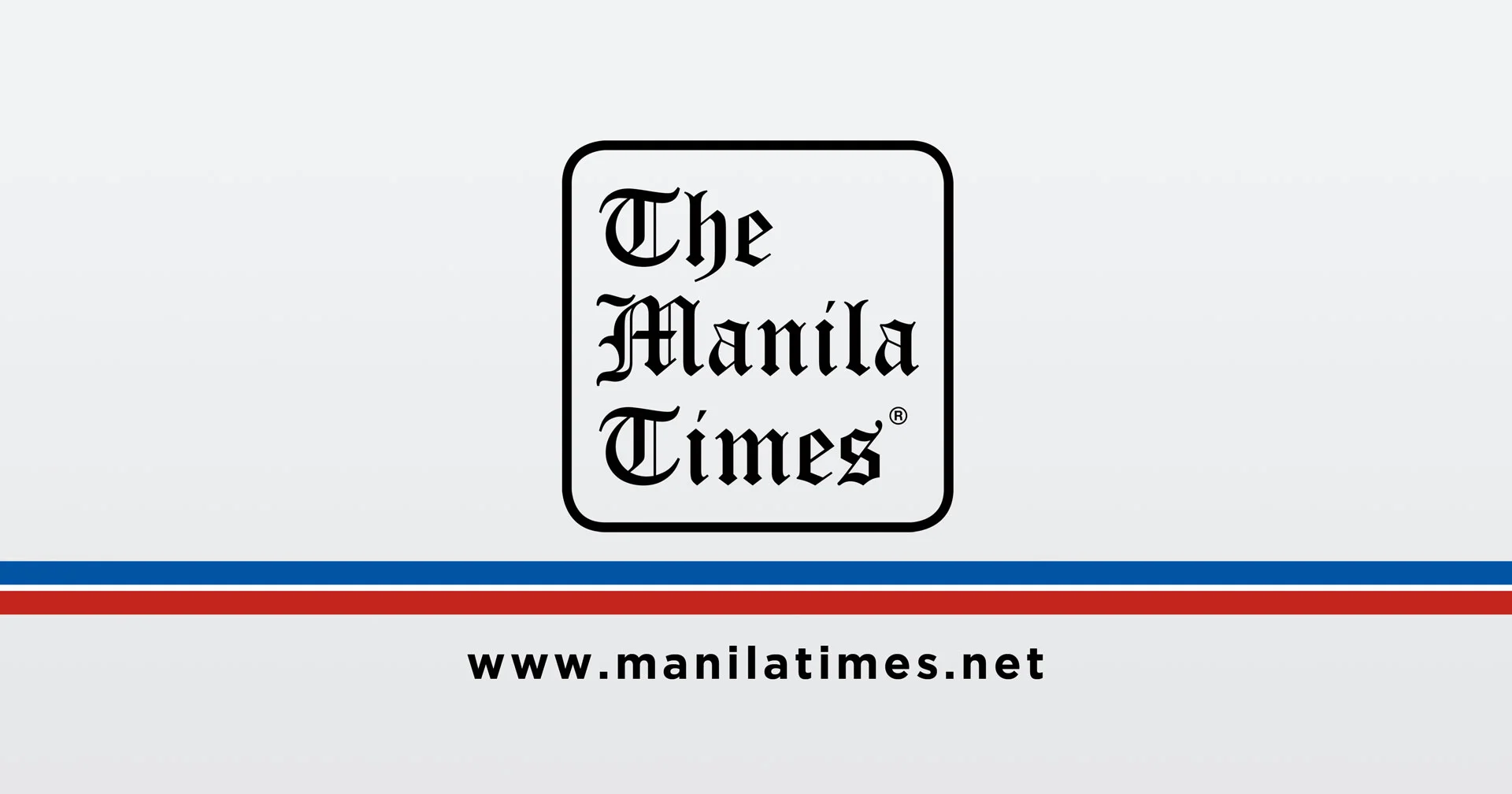
Upgrade to High-Speed Internet for only ₱1499/month!
Enjoy up to 100 Mbps fiber broadband, perfect for browsing, streaming, and gaming.
Visit Suniway.ph to learn
THE National Water Resources Board (NWRB) said it is having difficulty managing its dual role as both regulator and administrator of the country’s water sector, citing institutional gaps, unclear mandates and lack of resources.
Susan Abano, NWRB’s policy and program division chief, said in a water dialogue in Iloilo City last week that the country’s water sector suffers from institutional fragmentation with over 30 agencies involved but lacking clearly defined roles.
“The Philippine water sector continues to face significant institutional fragmentation with multiple agencies,” she said.
“The NWRB lacks the institutional structure, and we will not be able to better understand how it will be implemented and resources needed to effectively fulfill its dual roles as the policymaking body and regulatory agency,” she added.
Abano said that the overlapping mandates and limited coordination among agencies hamper the NWRB’s ability to oversee and manage the country’s water resources.
Get the latest news
delivered to your inbox
Sign up for The Manila Times newsletters
By signing up with an email address, I acknowledge that I have read and agree to the Terms of Service and Privacy Policy.
She called on the national government to pursue institutional strengthening and rationalization of mandates across water-related agencies through rationalization, review of roles, overlaps and coordination mechanisms, and strengthened organizational structure.
Abano said there should also be a strengthening of the capacity of the NWRB to fully support its dual function as policy and regulator, through the creation of dedicated technical, legal and enforcement units.
These reforms, she said, must be backed by enabling legislation, increased budget allocations and a data accountability framework to reduce redundancy and improve water governance.
She also cited weak regulatory and enforcement capacity due to a shortage of human resources and budget limitations.
“We cannot carry out our regulatory and enforcement responsibilities due to limited budget,” she said.
Abano said that NWRB operates with a small team and limited budget, which restricts its capacity to perform essential functions such as monitoring and review of other service providers’ study, technical reviews and inspections.
A separate issue raised by the NWRB is the absence of a clear water pricing mechanism, which Abano said undermines efforts to promote sustainable and equitable water use.
“At present, there is no clear or standardized pricing mechanism for water that reflects its true economic value, scarcity, or cost of administration and protection,” she said.
She also said that the lack of water pricing hampers incentives for conservation, efficient use, cost recovery and contributes to inequities and financial weakness.
Without a pricing framework, Abano said NWRB finds it challenging to account for the financial implications of water extraction, make pricing decisions related to water rights, or generate sufficient revenue to support its operations and related programs.
She, however, recommended conducting a study on implementing a natural accounting system for water resources in areas where comprehensive water assessments and raw water pricing mechanisms are in place, targeting this initiative for 2026.

 10 hours ago
4
10 hours ago
4



